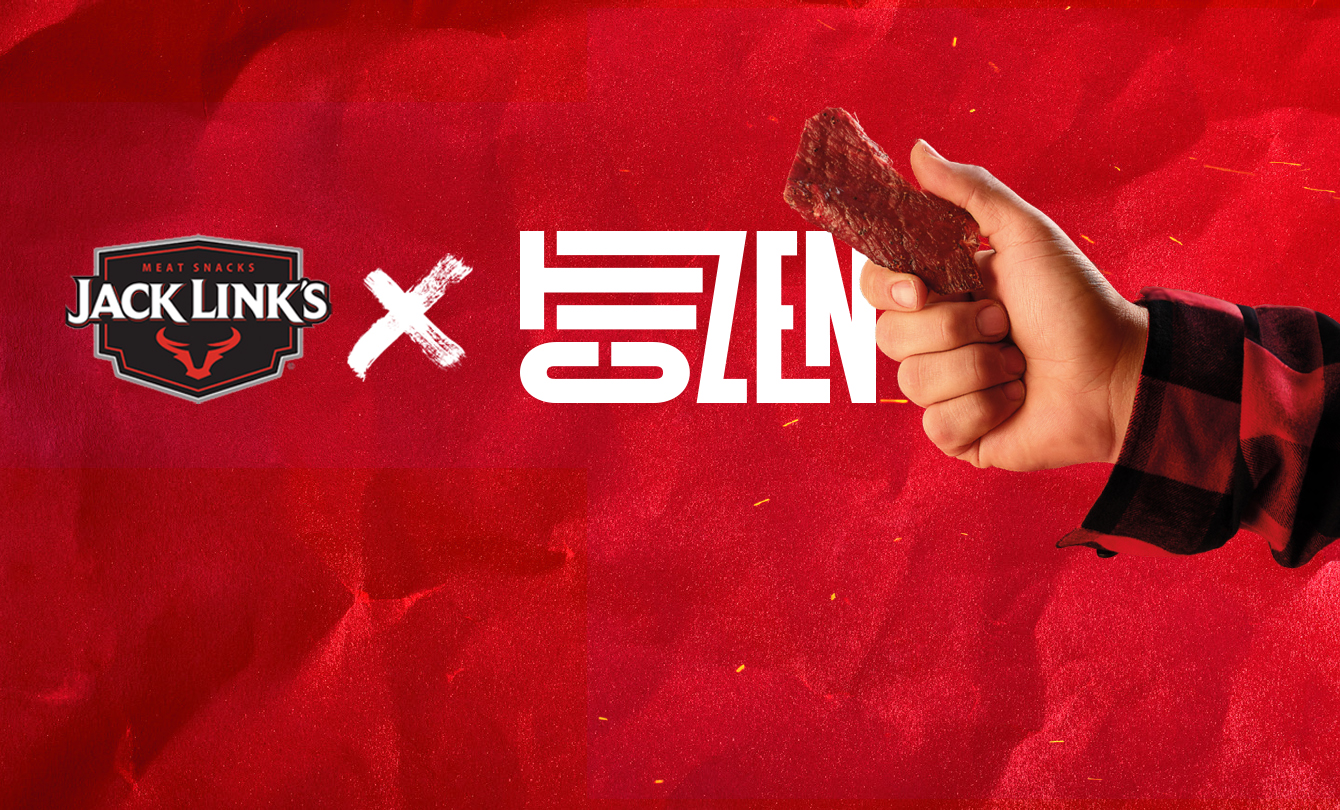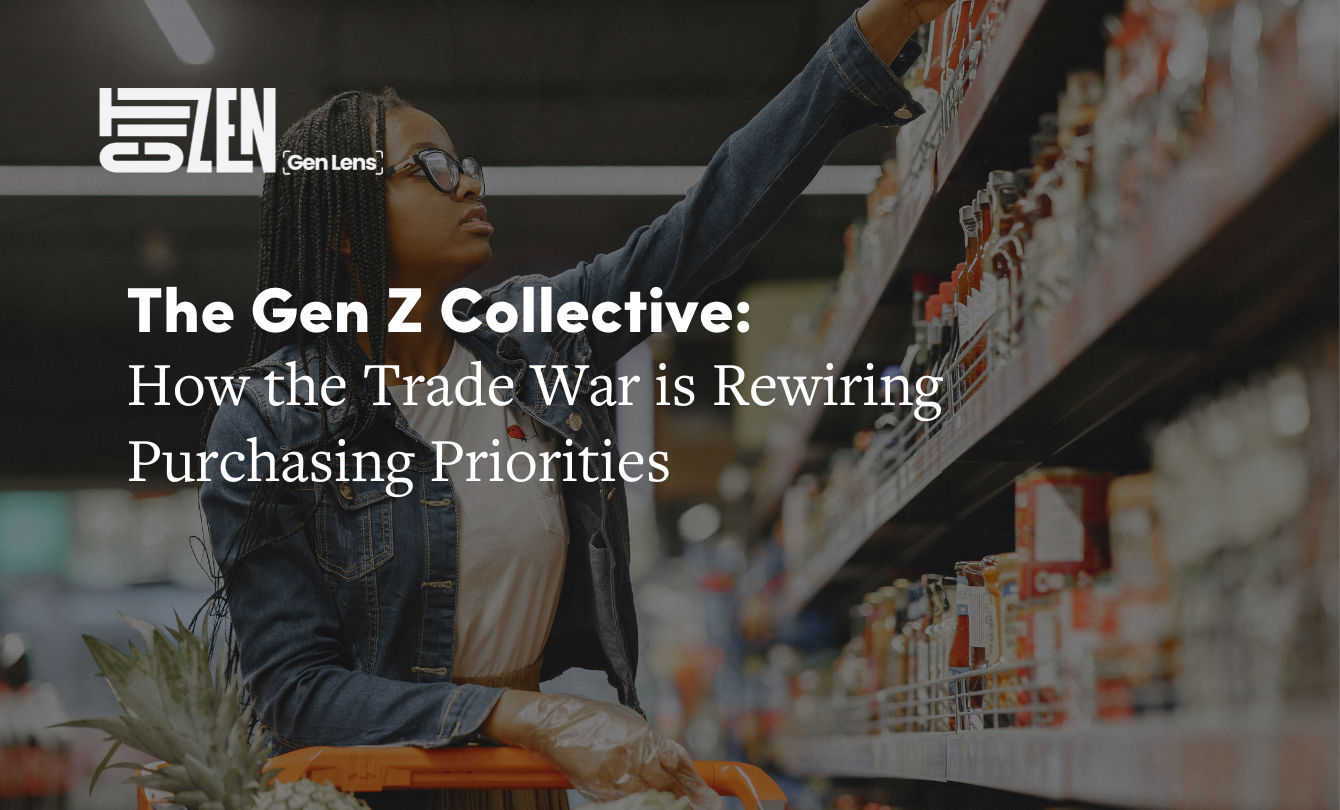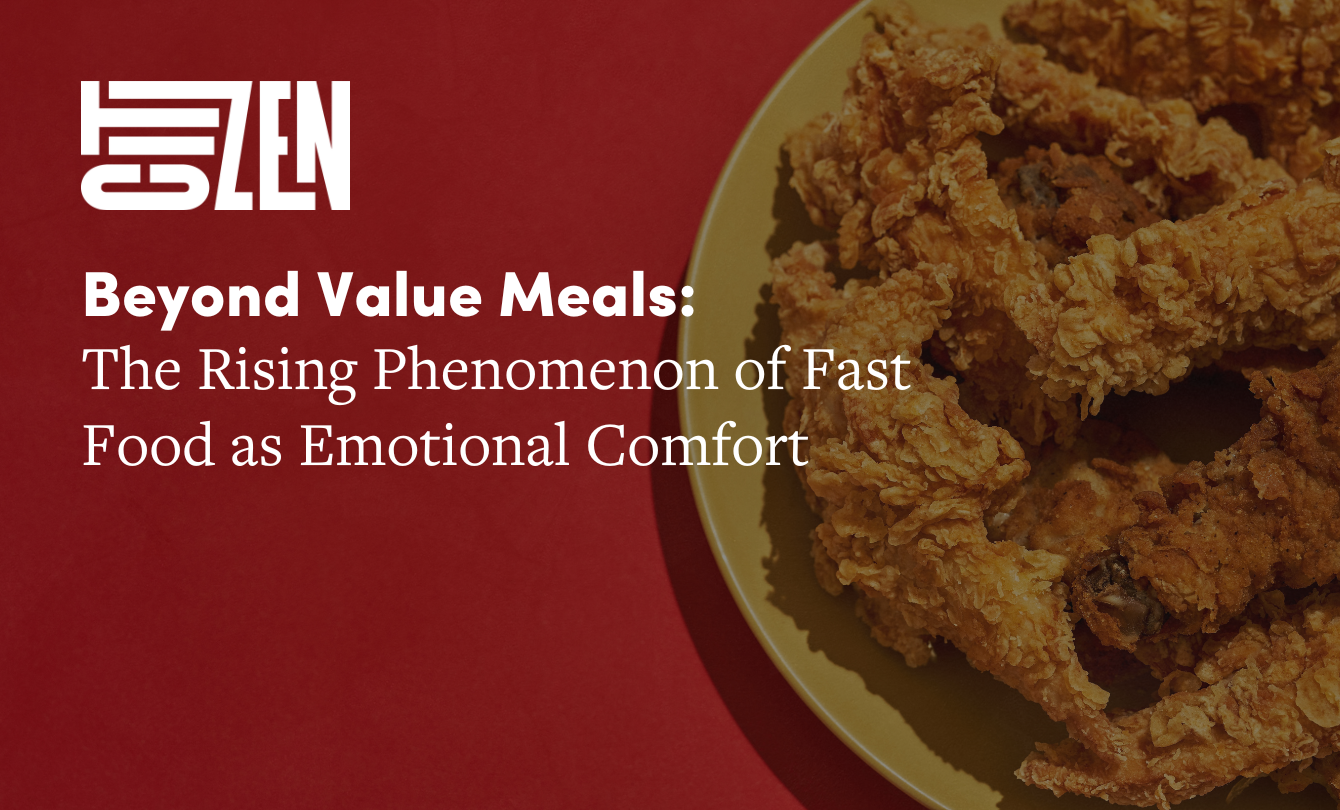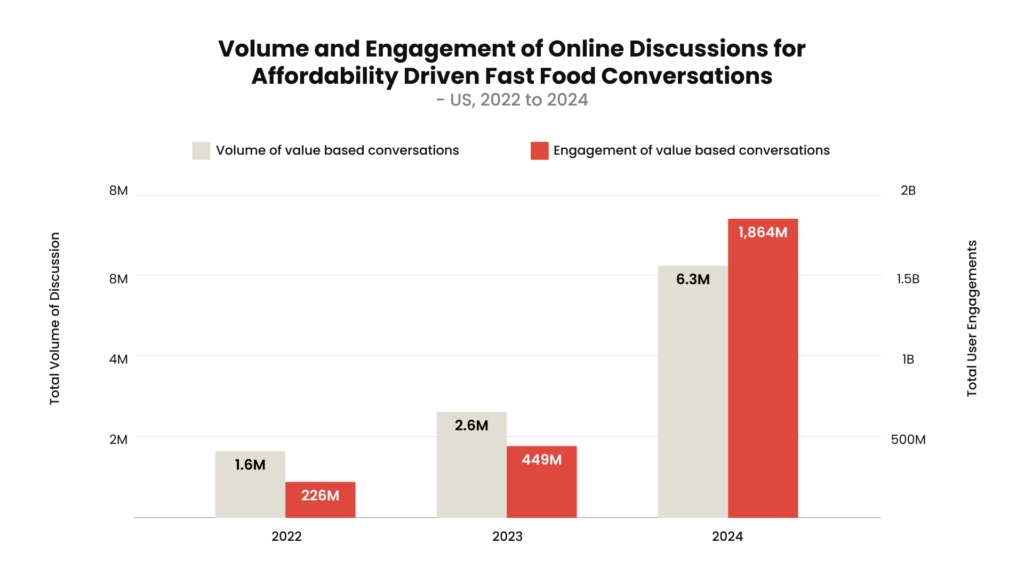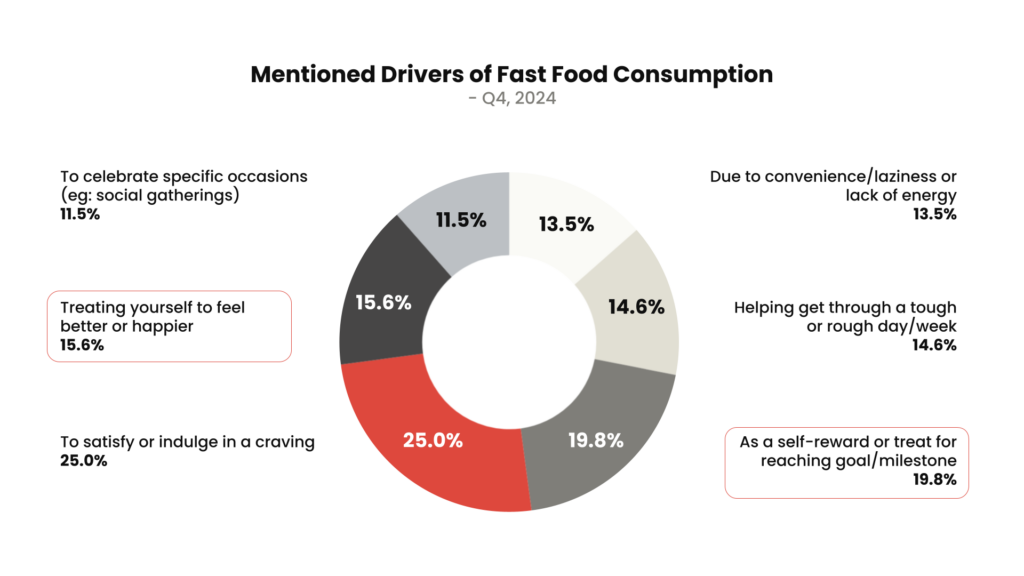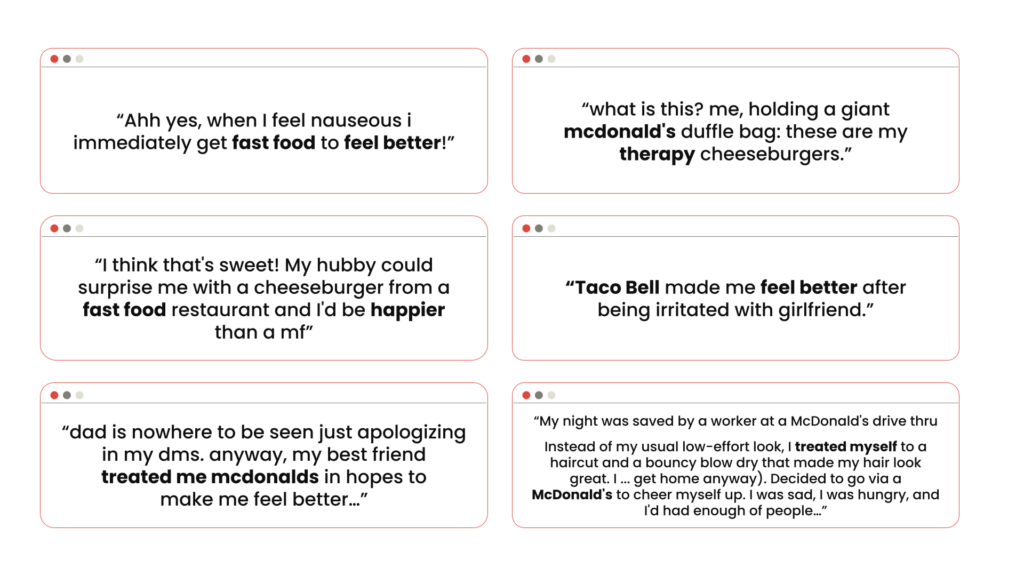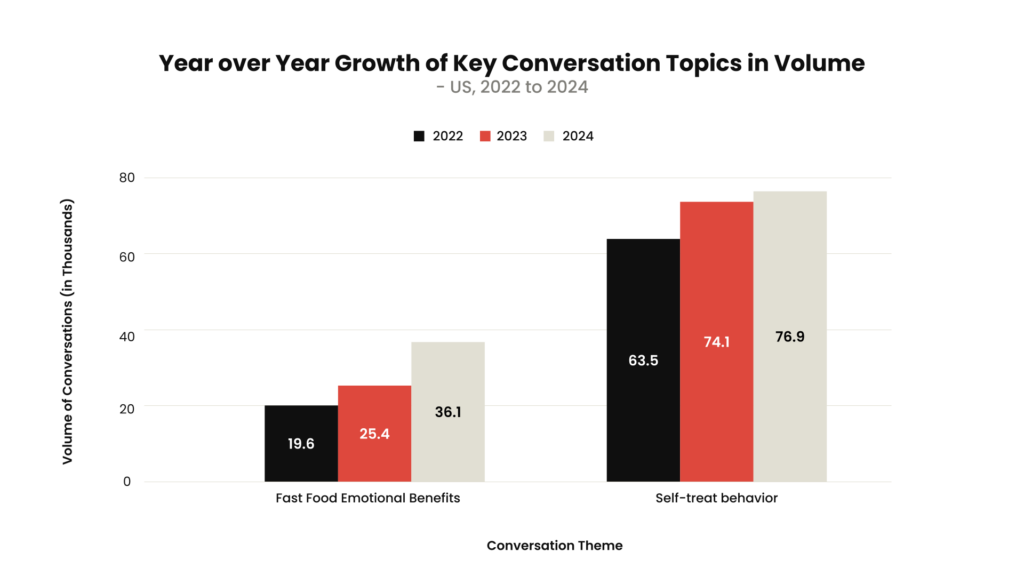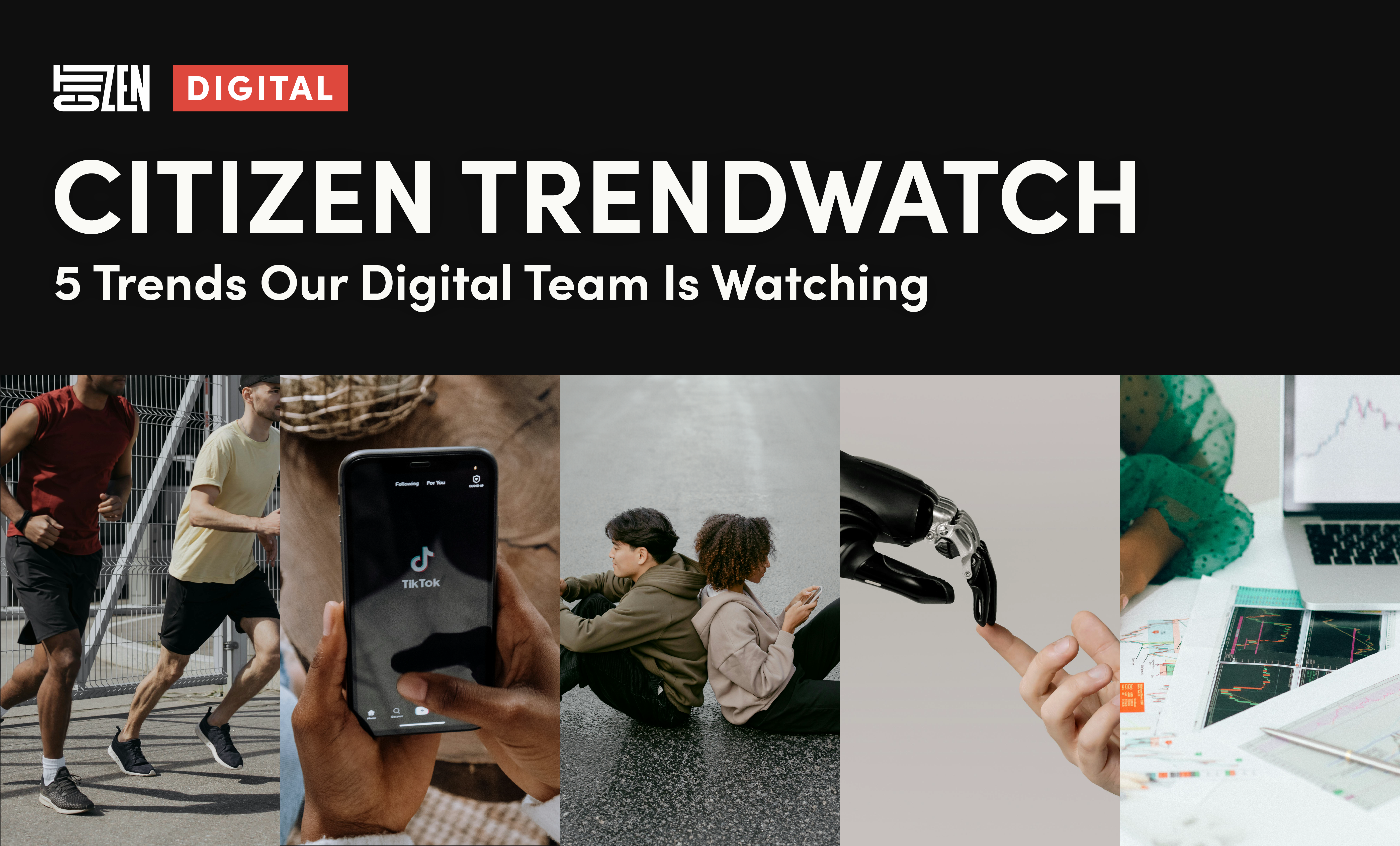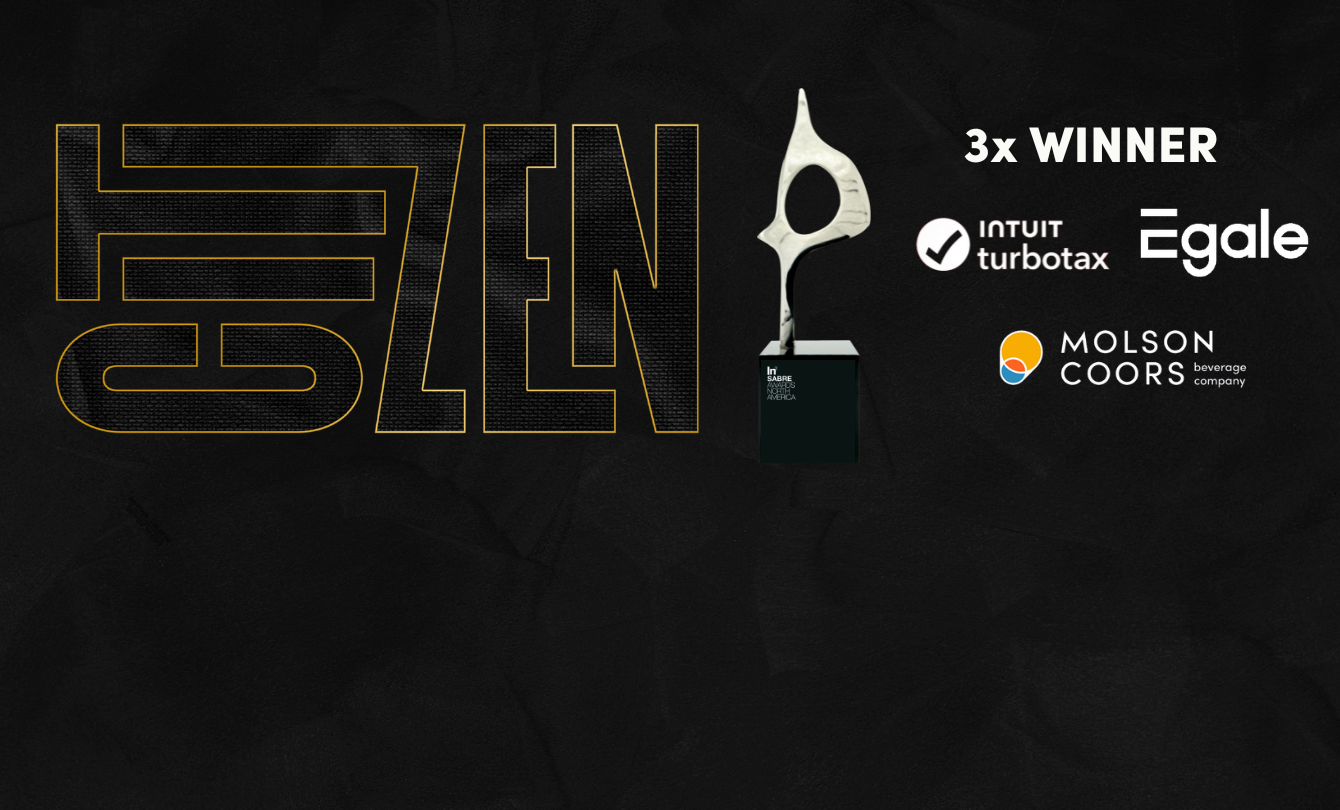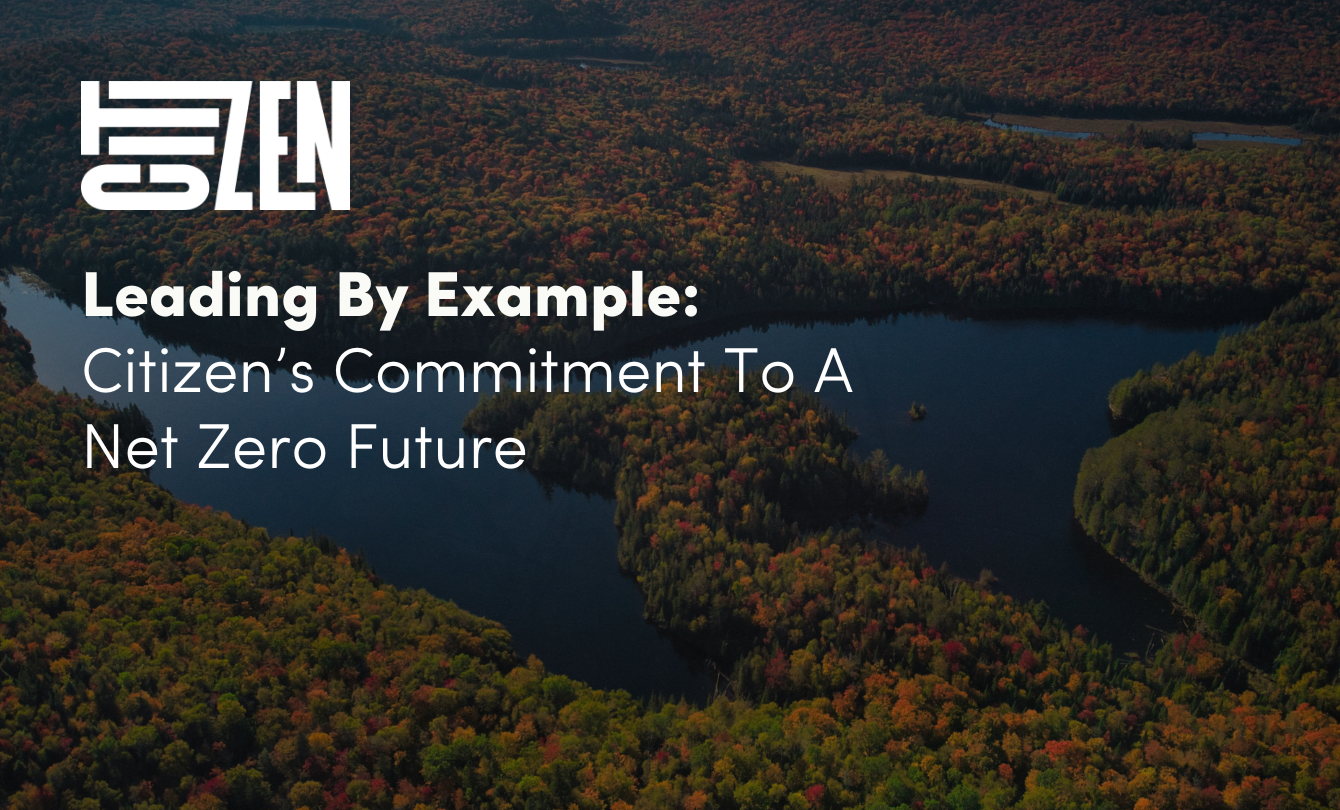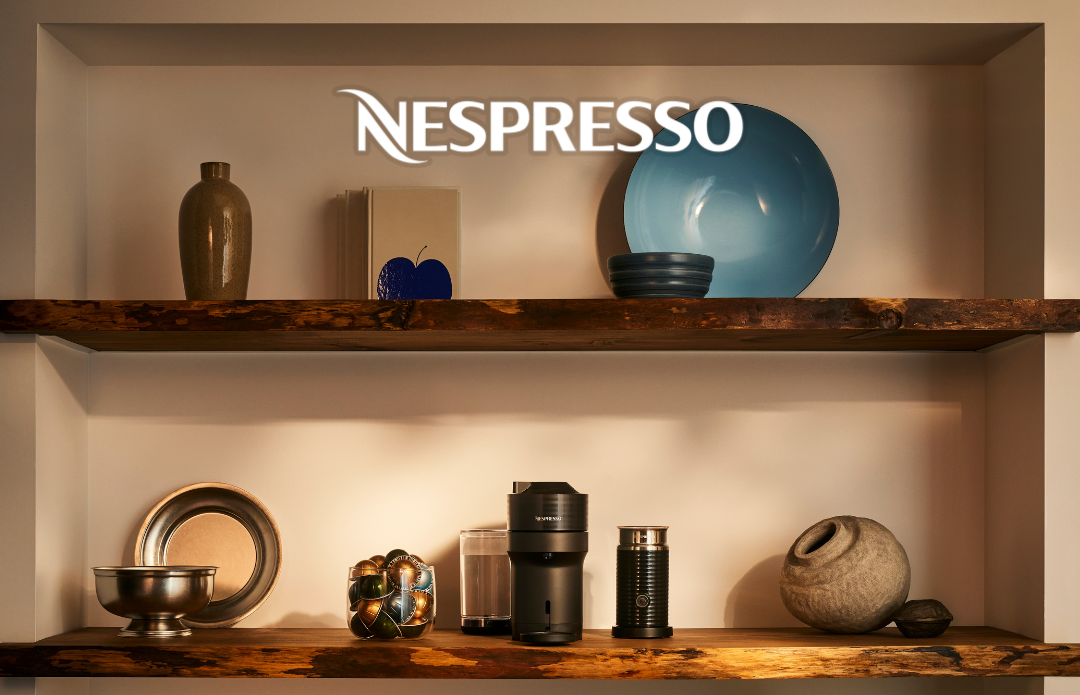The digital world isn’t just changing; it’s being reshaped. Citizen’s Digital Team is tracking five essential trends that will impact brands and consumers – from the resurgence of real-life communities to the rise of AI agents and the increasing importance of strategic data. These trends aren’t just observations, they’re opportunities – are you ready?
Social Club Sanctuary: The Rise of IRL Communities
Josh Parto (Coordinator, Digital Strategy)
Social media is a place to connect with people. But is it, really? In 2024, we saw the first drop in daily social media use, so it’s no surprise a new trend is emerging: real-life social clubs.
Younger Gen Z and Millennials, renowned for valuing experiences over material goods, are leading the charge. But we also know they tend to prefer staying in rather than going out on weekends, so how are they finding ways to build community?
The answer? They’re joining clubs!
Think book clubs, game clubs, run clubs and social clubs – all offering opportunities for face-to-face interaction and shared experiences on a local level. Even Tinder has recognized this shift with their “SoleMates” run club, acknowledging that their userbase in London craves physical, screenless connection.
This trend is about finding opportunities to socialize in real life, but it’s also about belonging. Movie clubs like Toronto’s Queer Cinema Club offer a rare space to connect over niche films. Run clubs provide motivation and camaraderie for workout enthusiasts. And brick-and-morter social clubs like Soho House (with its all-time high waitlist) offer a curated environment for like-minded individuals to connect.
Why should brands care?
This trend presents a huge opportunity for brands to connect with consumers on a deeper level. By tapping into the desire for in-person connection, brands can:
- Build community: Create spaces for their audience to connect with each other and the brand, fostering loyalty and advocacy.
- Enhance brand experience: Offer unique in-person experiences that complement digital offerings and create lasting positive associations.
- Stay relevant: Avoid being left behind as consumers increasingly seek real-world connections.
How can brands get involved?
The possibilities are endless. Brands can:
- Sponsor existing clubs: Partner with local social groups, like the run clubs on A Running List.
- Create their own clubs: Develop branded clubs that align with their values and target audience. (A gardening club for an organic food brand? A series of indie gallery openings for a camera company? There are opportunities everywhere!)
- Host in-person events: Brands have a place in ‘third spaces’. Organize meetups, workshops, or gatherings that foster connection and community, either on a one-off or recurring basis.
The takeaway: In a world that can feel full of mundane digital interactions, the desire for genuine human connection is stronger than ever. By leading their audience to social clubs, brands can extend their influence and create feel-good associations that last. Check out more on how to be in these ‘third places’ with the Citizen Connections Report.
The Social Search Surge: Optimizing Social For Discovery
Jerry Yang (Senior Analyst)
Forget Google, forget Bing – the next frontier of search is happening on social media.
That’s right. According to Forbes research, a whopping 24% of consumers now use social media platforms like TikTok and Instagram to search for information and answers. And for Gen Z, that number skyrockets to 46%. That’s almost half of the generation bypassing traditional search engines entirely!
While this user shift isn’t totally new, it is creating a seismic change in the SEO landscape. Platforms like AnswerThePublic as well as MeetGlimpse (subsidiary of Google) are already capitalizing on this trend, offering tools to analyze what consumers are searching for across social media.
Why should brands be excited?
This presents a massive opportunity for brands to connect with their audiences in new and innovative ways. By optimizing their social media presence for search, brands can:
- Increase visibility: Reach a wider audience actively seeking information on social platforms.
- Drive engagement: Provide valuable content that answers users’ questions and positions the brand as a trusted resource.
- Build brand awareness: Increase brand visibility and recognition among a highly engaged audience.
- Gain valuable insights: Understand what consumers are searching for on social media, providing valuable data for content strategy and product development.
What can brands do?
- Optimize social profiles: Ensure profiles are complete, accurate, and keyword-rich.
- Create searchable content: Develop high-quality content that answers common questions and uses relevant keywords and hashtags.
- Engage with users: Respond to comments and questions, participate in relevant conversations, and foster a sense of community.
- Utilize social listening tools: Monitor social media for mentions of your brand and industry to understand what people are searching for and saying.
- Experiment with new formats: Explore new content formats like short-form videos, live streams, and interactive polls to engage users and increase discoverability.
The takeaway: The lines between social media and search are blurring. Brands that embrace this trend and optimize their social presence for search will have a significant advantage in reaching and engaging their target audiences. It’s a new frontier, and the opportunities are endless!
The Splinternet: Navigating Niche Networks
Adrian Fearman (Digital Strategist)
Remember the early days of the internet, when it promised to connect us all in a global village? That vision is fading. In its place, a new reality is emerging: the Splinternet.
The Splinternet refers to the increasing fragmentation of the online world into smaller, specialized communities. The preference for a “town hall” model where users communicate openly with large diverse audiences is fading and the rise of niche networks, each catering to specific interests, beliefs, or demographics is on the rise.
This trend is driven by several factors:
- Mainstream platform fatigue: Users are tired of the noise, negativity, and algorithmic manipulation of major platforms. They’re seeking more authentic connections and meaningful interactions in smaller, more focused spaces.
- The quest for community: People crave a sense of belonging. Niche online communities offer a haven where they can connect with like-minded individuals who share their passions and values.
- Platform independence: Users are no longer loyal to a single platform. They’re comfortable switching between multiple platforms to find the communities and content that best suit their needs.
What does this mean for brands?
The Splinternet presents both challenges and opportunities for marketers.
Challenges:
- Reaching target audiences: It’s becoming more difficult to reach a mass audience on a single platform. Brands need to adopt a multi-platform strategy and tailor their messaging to specific communities.
- Building trust: Consumers are more discerning and skeptical of brands in niche communities. Building trust and authenticity is crucial.
Opportunities:
- Targeted engagement: The Splinternet allows brands to laser-focus their outreach and connect with highly engaged audiences who are genuinely interested in their products or services.
- Community building: Brands can foster deeper relationships with consumers by creating or supporting niche communities that align with their values.
- Richer insights: By understanding the nuances of different online communities, brands can gain valuable insights into consumer behavior and preferences.
How can brands adapt?
- Embrace niche platforms: Don’t just focus on the major platforms. Explore emerging platforms and communities that align with your target audience.
- Create authentic content: Develop content that resonates with the specific values and interests of each community.
- Foster genuine engagement: Participate in conversations, answer questions, and build relationships with community members.
- Support micro-influencers: Partner with influencers who have a strong connection to specific niche communities.
The takeaway: The Splinternet is here to stay. By understanding this trend and adapting their strategies, brands can effectively navigate this fragmented landscape and build stronger connections with their target audiences.
The Agentic Era: AI Agents and the Efficiency Revolution
Jurgen Castro (Strategic Consultant, Digital Strategy & Marketing)
Remember those sci-fi movies where AI assistants effortlessly managed our lives? That future is closer than you think. The age of AI agents is upon us, and it’s poised to transform the way we work and live.
While AI agents have been around for a while in platforms like Salesforce and Asana, they’re about to take center stage. Tech giants like Google and Salesforce are heavily investing in agent development, touting their ability to automate tasks and streamline workflows.
But what exactly can these agents do?
Imagine an AI agent that can:
- Book your travel: Flights, hotels, rental cars – all handled seamlessly without lifting a finger.
- Manage your projects: Track deadlines, assign tasks, and even generate progress reports.
- Summarize your emails: Condense lengthy email threads into concise summaries, saving you precious time.
- Schedule your meetings: Find the perfect time for everyone, send invites, and even manage your calendar.
And this is just the beginning. As AI technology advances, agents will become even more sophisticated and capable.
Why should we be excited?
The implications for the workplace are immense. By offloading tedious and repetitive tasks to AI agents, we can:
- Boost productivity: Free up valuable time and mental energy for creative thinking and problem-solving.
- Improve efficiency: Streamline workflows and eliminate bottlenecks.
- Reduce errors: Minimize human error and ensure tasks are completed accurately and consistently.
- Enhance collaboration: Facilitate smoother communication and coordination across teams.
What does this mean for the future of work?
We’re likely to see a shift away from constant communication and status updates towards a more focused, outcome-oriented approach. Imagine spending less time in meetings and more time on strategic initiatives that drive real impact.
The takeaway: The rise of AI agents is not just a technological advancement; it’s a cultural shift. By embracing these tools and adapting our workflows, we can unlock new levels of productivity, creativity, and innovation. The agentic era is here, and it’s time to embrace the possibilities.
The Data Renaissance: Building Personalization And Trust
Maggie Colledge (Manager, Intelligence & Insights) & Suran Ravi (VP, Intelligence & Insights)
Strategic Data Strategy:
Many organizations have promised their employees self-serve analytics – the ability for anyone to access and analyze data without needing technical expertise. But this dream has often been tied to unrealistic expectations of AI.
The reality is that AI can’t generate insights from thin air. It needs a strong foundation of well-organized and accessible data. That’s where a strategic data strategy comes in.
In 2025, we’ll see a renewed focus on building robust data strategies. This means investing in the infrastructure and processes to collect, store, and manage data effectively. Why? Because AI needs high-quality data to deliver meaningful insights and drive real business impact.
Zero-Party Data – The Key to Personalization and Trust:
In this era of data privacy and consumer empowerment, leveraging zero-party data as part of your overall data strategy will become increasingly crucial. This is data that customers willingly and proactively share with brands – their preferences, intentions, and feedback.
Why is it so valuable?
- Transparency and Trust: Customers are more willing to share data when they understand how it will be used and feel in control of their information.
- Hyper-Personalization: Zero-party data allows brands to create truly personalized experiences that resonate with individual customers.
- Enhanced Customer Relationships: By demonstrating respect for customer privacy and providing value in exchange for data, brands can build stronger, more loyal relationships.
The Bottom Line:
AI is a powerful tool, but it’s only as good as the data it’s fed. By investing in a strategic data strategy and prioritizing zero-party data, brands can unlock the true potential of AI, drive better business decisions, and build stronger customer relationships.
Key Steps to Building a Winning Data Strategy:
- Set Clear Goals: Define what you want to achieve with your data.
- Identify Key Sources: Determine where you will gather your data, including zero-party data.
- Ensure Data Quality: Maintain accuracy and reliability in your data.
- Follow Ethical Practices: Be transparent and responsible with how you use and protect your data.
- Invest in Infrastructure: Build systems to manage and process your data effectively.
- Leverage Zero-Party Data: Use customer-provided data to create personalized experiences.
Unlock the power of these digital trends for your brand. Contact CitizenDigitalTeam@citizenrelations.com for a strategic consultation
